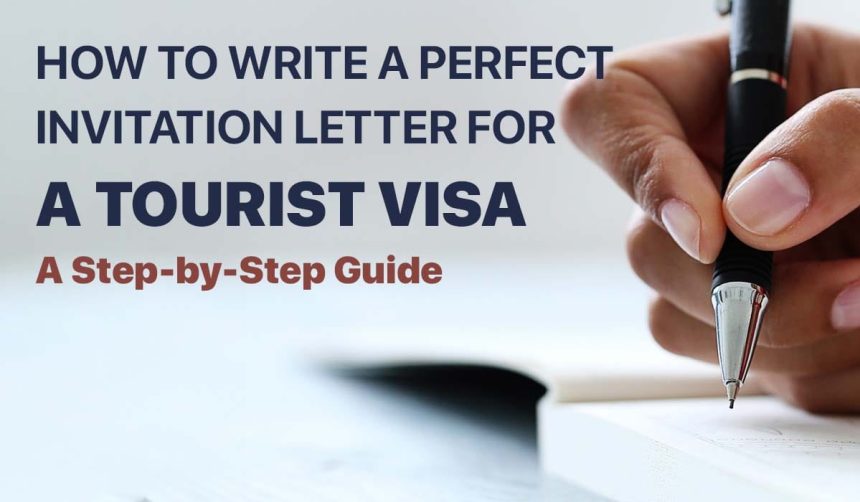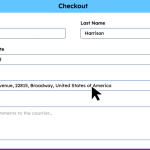An how to write invitation letter for visa is more than just a formal note of welcome; it serves as a crucial supporting document that demonstrates the purpose of a traveler’s visit. Many countries require this letter to establish a clear relationship between the visitor and the host. It helps immigration authorities verify the intent of travel, the credibility of the visitor, and assurance that the applicant has genuine ties with the host country. A well-written letter often enhances the chances of a successful visa application, especially when travel is for personal, academic, or professional reasons.
The letter acts as evidence that the host will provide necessary support, whether that includes accommodation, guidance, or financial backing during the visitor’s stay. Immigration offices use it as a tool to confirm authenticity, making it an indispensable part of the visa process. The content must strike a balance between being formal and personal, showing warmth while adhering to official guidelines. This is why learning how to write such a letter with precision, clarity, and professionalism is essential.
Essential Elements of an Invitation Letter
An effective invitation letter must include specific details that demonstrate transparency and legitimacy. Key elements typically required are the full names of both the host and the visitor, their addresses, contact information, and valid identification numbers such as passport details. It should also mention the nature of the relationship between the host and the guest, whether they are relatives, friends, business associates, or academic partners. Including these details reduces ambiguity and builds trust with immigration officers reviewing the application.
The letter should also state the purpose of the visit clearly, such as attending a wedding, participating in a conference, pursuing academic research, or enjoying a family holiday. Dates of travel, duration of stay, and the planned location of accommodation are equally important. If the host will take financial responsibility, this must be explicitly declared. Additionally, a promise of the visitor’s return to their home country strengthens the application, as it assures authorities that the visit is temporary.
Structuring the Invitation Letter with Professional Tone
While an invitation letter is often written by a host to welcome a friend or relative, it must retain a professional structure to meet immigration standards. The letter should begin with the host’s full details, followed by the date, then the immigration office or embassy’s name and address. This formal heading sets the tone and provides necessary context for officials who will assess the application. Following the formal introduction, the body of the letter should explain the relationship, reason for the visit, and a clear itinerary.
Professionalism also extends to the language and format. Avoiding overly casual phrases and ensuring grammatical accuracy is vital. A respectful and polite tone communicates seriousness, while also demonstrating responsibility on the part of the host. Closing the letter with a signature and attaching copies of identification or residency permits enhances credibility. When the structure flows logically and information is easy to verify, it increases the effectiveness of the invitation and supports the visitor’s chances of receiving a visa.
Common Mistakes to Avoid in Writing an Invitation Letter
One of the most common mistakes when writing an invitation letter is failing to provide complete and accurate details. Missing information such as dates, passport numbers, or accommodation plans can cause unnecessary delays or even rejections. Similarly, exaggerating details or providing misleading information may harm both the host and visitor, as immigration authorities conduct thorough checks. Clarity and honesty are always the best approach, ensuring the letter reflects truth and transparency.
Another frequent error is adopting an overly casual tone that undermines the formal requirements of the letter. While it is important to express warmth and sincerity, informality should not compromise professionalism. Inconsistent formatting, poor grammar, or failure to sign the letter are also issues that can weaken the document’s credibility. Hosts should take time to review and revise the content carefully. Understanding the requirements of the specific embassy or consulate is equally critical, as regulations may vary across different countries.
Practical Tips for Writing a Strong Invitation Letter
When preparing to write an invitation letter, it is helpful to start with a clear outline of all essential information. Collect the visitor’s personal details, confirm travel dates, and clarify the purpose of the trip before drafting. Using templates available on official embassy websites can provide guidance, but personalizing the letter ensures it reflects genuine intent. Writing in a respectful, professional manner while still showcasing hospitality creates a balance that resonates well with immigration authorities.
It is also wise to attach supporting documents such as copies of identification, proof of address, and in some cases, financial records. These attachments reinforce the credibility of the letter and demonstrate the host’s commitment. Keeping the language straightforward and avoiding unnecessary complexity allows officials to process the information quickly. Finally, proofread the letter several times to eliminate errors and ensure completeness. By following these practical tips, one can create a compelling invitation letter that supports a visa application effectively and professionally.








